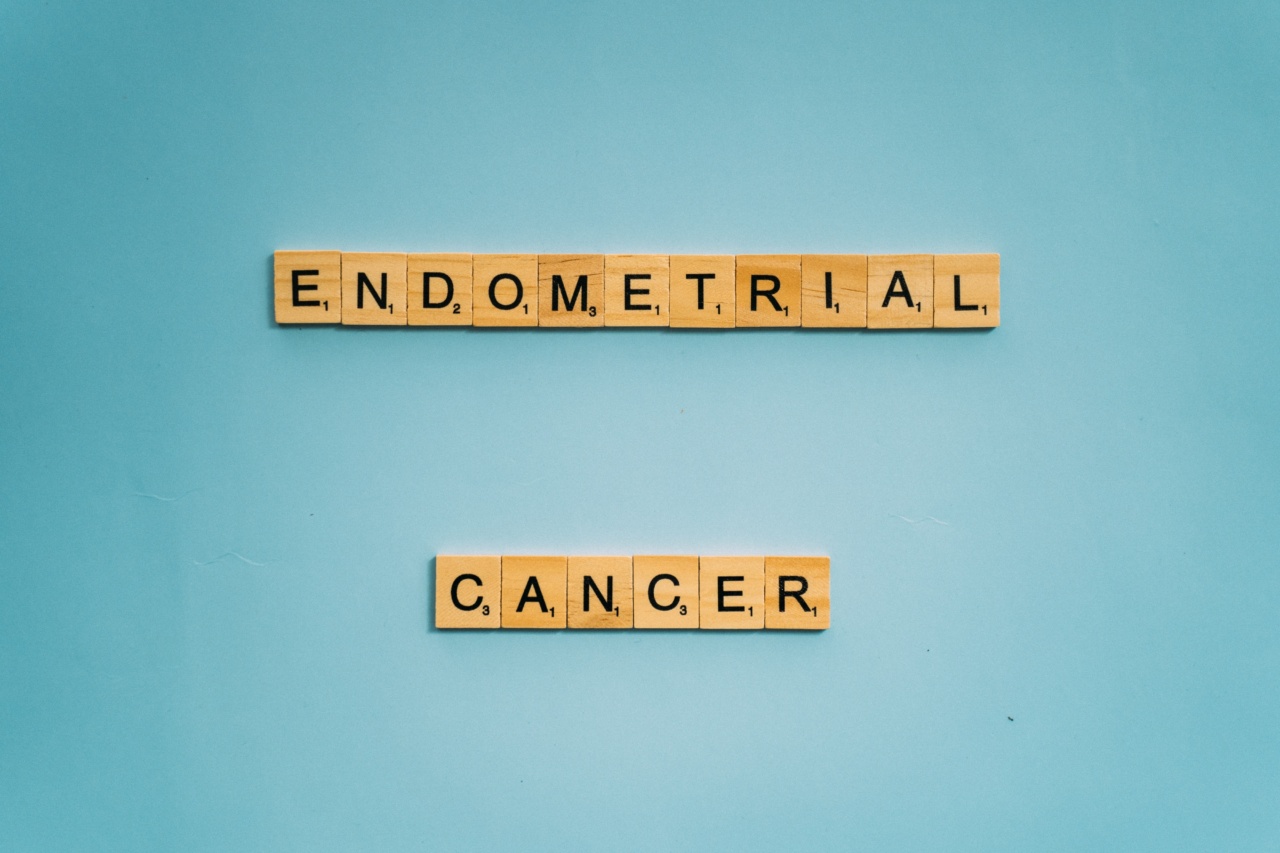When it comes to fertility treatments, couples often find themselves faced with the decision between two main options – endometrial insemination and in vitro fertilization (IVF).
Both procedures have their pros and cons, and it is essential for couples to weigh them carefully before making a decision. In this article, we will explore the advantages and disadvantages of both endometrial insemination and IVF to help you make an informed choice.
What is Endometrial Insemination?
Endometrial insemination, also known as intrauterine insemination (IUI), is a fertility treatment where prepared sperm is directly placed into the woman’s uterus to increase the chances of fertilization.
Pros of Endometrial Insemination:
1. Non-invasive procedure: Endometrial insemination is a relatively non-invasive procedure compared to IVF.
It involves inserting a catheter through the cervix into the uterus, allowing the sperm to bypass potential cervical barriers and increasing the chances of pregnancy.
2. Lower cost: Endometrial insemination is generally more affordable than IVF. The procedure involves less medication and fewer monitoring visits, reducing the overall financial burden on couples.
3. Less time-intensive: Compared to the complex process of IVF, endometrial insemination requires fewer appointments and less time commitment. This can be beneficial for couples who prefer a less time-consuming fertility treatment.
Cons of Endometrial Insemination:
1. Lower success rates: Endometrial insemination may have lower success rates compared to IVF, especially for couples with underlying fertility issues such as blocked fallopian tubes or severe male factor infertility.
2. Dependency on healthy sperm: The success of endometrial insemination relies heavily on the quality and motility of the sperm. If the male partner has low sperm count, poor motility, or abnormal sperm morphology, the chances of success may be reduced.
3. Limited control over fertilization: With endometrial insemination, fertilization occurs naturally within the woman’s body.
This means there is less control over the fertilization process compared to IVF, where fertilization takes place in a laboratory setting.
What is In Vitro Fertilization (IVF)?
In vitro fertilization (IVF) is a more complex fertility treatment that involves retrieving eggs from the woman’s ovaries, fertilizing them with sperm in a laboratory, and then transferring the resulting embryo(s) back into the woman’s uterus.
Pros of In Vitro Fertilization (IVF):
1. Higher success rates: IVF generally offers higher success rates compared to endometrial insemination, making it a preferred choice for couples with more severe fertility issues or older age.
2. Enhanced control over the process: IVF allows for greater control over the fertilization process. It gives fertility specialists the ability to select the healthiest embryos for transfer, which can increase the chances of successful pregnancy.
3. Additional options: IVF provides couples with additional options such as genetic testing of embryos to screen for chromosomal abnormalities or gender selection for family balancing, which may not be available with endometrial insemination.
Cons of In Vitro Fertilization (IVF):
1. Invasive procedure: IVF involves surgical retrieval of eggs from the ovaries, which is a more invasive procedure compared to endometrial insemination.
The process includes hormonal stimulation, multiple injections, and the potential risk of complications.
2. Higher cost: IVF is generally more expensive than endometrial insemination. The procedure requires more medications, monitoring appointments, and laboratory work, contributing to the higher overall cost.
3. Emotional and physical toll: IVF can be emotionally and physically taxing on couples. The process often involves multiple cycles, with each cycle requiring significant emotional investment and potential disappointment if it is unsuccessful.
Conclusion
Choosing between endometrial insemination and in vitro fertilization (IVF) is a highly personal decision that should consider the specific circumstances and preferences of the couple.
Endometrial insemination offers a less invasive and more affordable option, but with potentially lower success rates. On the other hand, IVF provides higher success rates and greater control over the process but is more invasive and costly.
Consulting a fertility specialist and thoroughly discussing the pros and cons of both options can help couples make an informed decision that suits their individual needs.






























